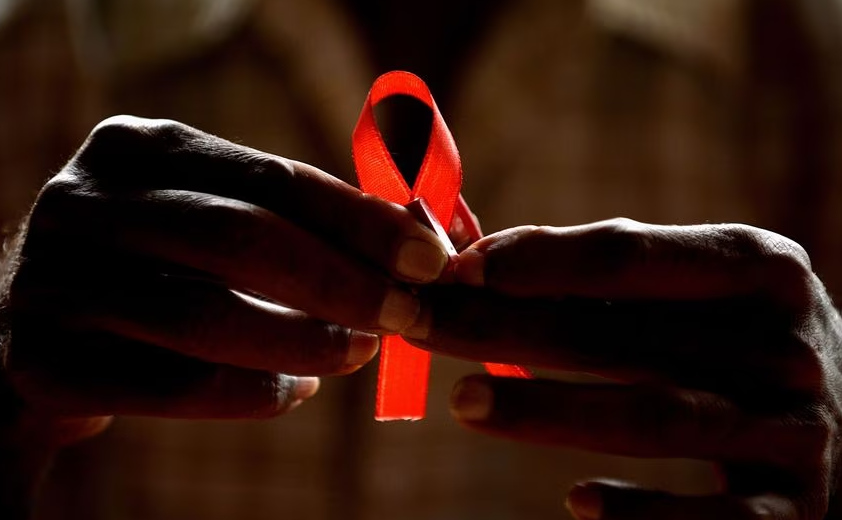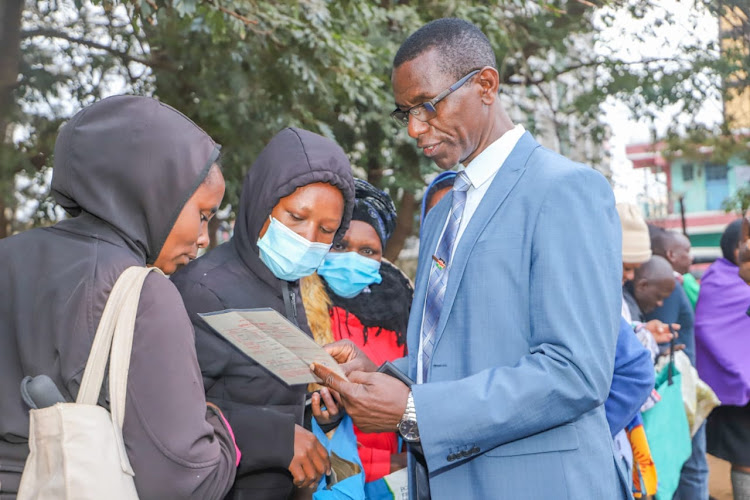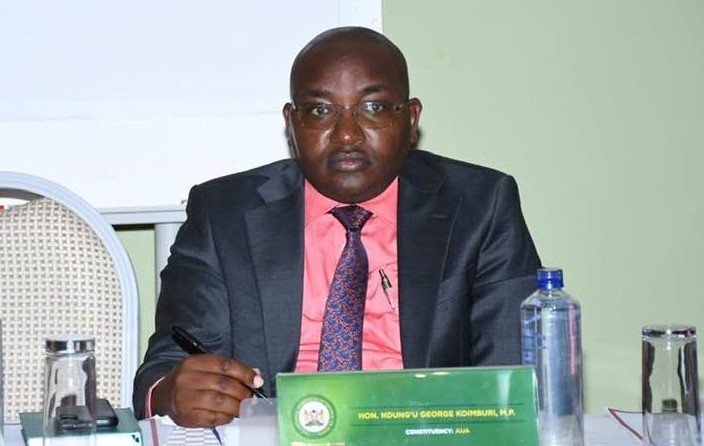Kenya is one of four countries that have successfully reduced annual new HIV infections by 77% and are on track to achieve a 99% reduction by 2030. The other three countries are Malawi, Nepal, and Zimbabwe.
A new UNAIDS report, “The Urgency of Now: AIDS at a Crossroad,” highlights that 18 other countries have also made significant strides, reducing new HIV infections by over 60% since 2010. With continued efforts, these nations could reach a 90% reduction. The report reveals that nearly half of the new HIV cases in 2023 were in eastern and southern Africa, as well as western and central Africa. These regions have achieved a 56% reduction in new infections since 2010.
Notably, for the first time, the number of new HIV infections outside sub-Saharan Africa has surpassed those within the region. This reflects global progress, though challenges remain in other parts of the world, particularly among key populations.
The report shows a steep decline in new HIV infections among children aged 0-14, with cases falling by 77% between 2010 and 2023, thanks to efforts in eastern and southern Africa. However, progress in western and central Africa has been slower, with these regions now accounting for over 44% of new vertical infections. Botswana and Namibia are nearing their targets for eliminating vertical transmission, aiming for fewer than 750 new HIV infections per 100,000 births.
Globally, new HIV infections have declined more among women than men. However, in sub-Saharan Africa, HIV incidence among adolescent girls and young women remains exceptionally high compared to their male counterparts.
The report identifies several barriers to a faster global decline in new infections, including insufficient investment in prevention, persistent stigma, discrimination, and hostile legal environments. Gender inequalities and outdated norms also impede progress, although new prevention technologies like long-acting injectable cabotegravir (CAB-LA) and Lenacapavir (LEN) offer hope due to their effectiveness.
UNAIDS Executive Director Winnie Byanyima highlighted that despite a pledge to reduce annual new infections to below 370,000 by 2025, the current number stands at 1.3 million. She stressed the need for increased resources and protection of human rights to fulfill the commitment to end the AIDS pandemic as a public health threat by 2030.
The report also underscores that effective HIV prevention and treatment depend on upholding human rights, repealing discriminatory laws, and addressing stigma and violence. Despite calls for 20% of HIV resources to focus on prevention for the most affected populations, only 2.6% of total HIV spending went to key populations in 2023.
Global funding for HIV is declining, with a 5% drop from 2022 to 2023, and a $9.5 billion shortfall from the 2025 target. Domestic funding in low- and middle-income countries, which represents 59% of total HIV resources, has been constrained by the debt crisis, marking the fourth consecutive year of decline.






